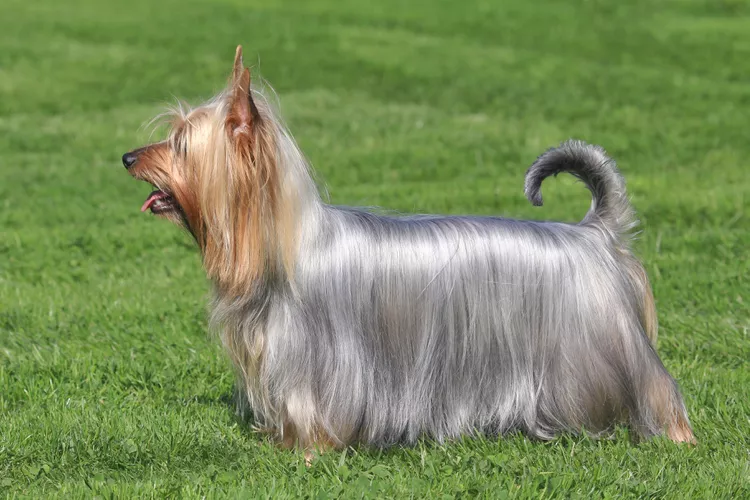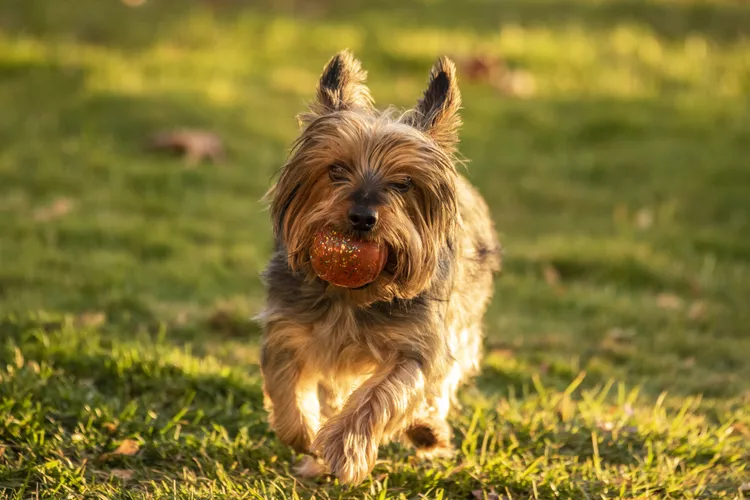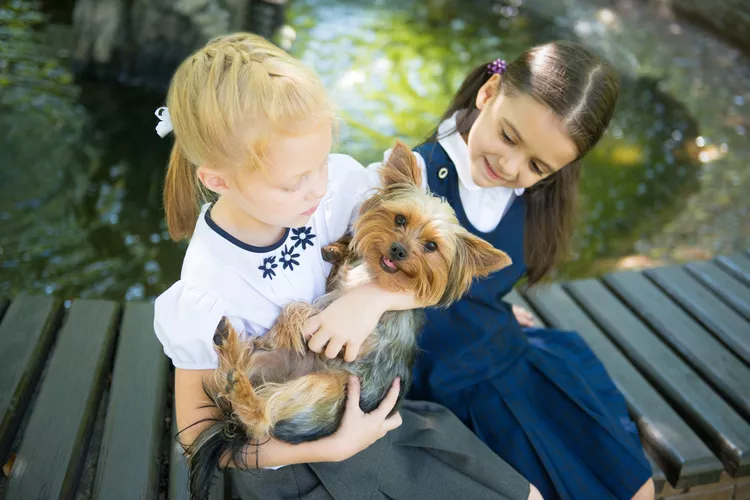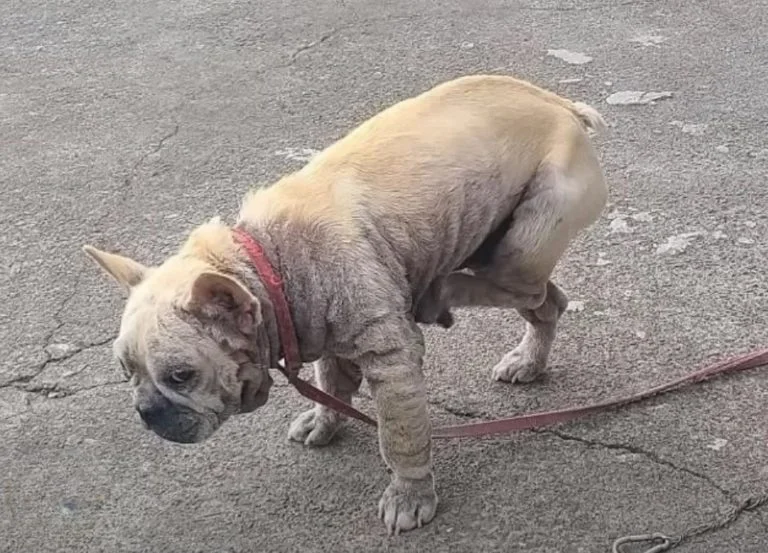Silky Terrier: History, Care Tips, and Essential Information
Breed Overview
The Silky Terrier is a small toy breed that originated in Australia. It’s known for its long, sleek, and shiny coat, which is where the breed gets its name. The Silky Terrier’s coat can be kept long for a luxurious look or trimmed short for easier maintenance. This breed features a wedge-shaped head, upright, V-shaped ears, and a generally alert expression. Silky Terriers are intelligent and observant, making them vigilant watchdogs. They are affectionate with their families but can be reserved around strangers and are known to bark at perceived threats.

Breed Details
- Group: Toy
- Height: 9 to 10 inches
- Weight: Around 10 pounds
- Coat: Long and silky
- Coat Colors: Black and tan; blue and tan; blue, silver, and tan; gray and tan; silver and tan; or silver, black, and tan
- Life Span: 13 to 15 years
- Temperament: Active, alert, affectionate
- Hypoallergenic: Yes
- Origin: Australia
Characteristics
Silky Terriers are known for their lively and playful nature. They are alert and enjoy staying active, often displaying intelligence that can also make them a bit stubborn. Here’s a quick look at their traits:
- Affection Level: High
- Friendliness: High
- Kid-Friendly: Medium
- Pet-Friendly: Medium
- Exercise Needs: Medium
- Playfulness: High
- Energy Level: Medium
- Trainability: Medium
- Intelligence: High
- Tendency to Bark: High
- Amount of Shedding: Low
History
The Silky Terrier was developed in Australia in the early 20th century by crossing Yorkshire Terriers with Australian Terriers. Other breeds like the Cairn Terrier, Dandie Dinmont, and Skye Terrier might have contributed to its development. The breed was initially called the Sydney Silky Terrier but was renamed the Australian Silky Terrier in 1955. The Australian National Kennel Council officially recognized the breed in 1958, and it was subsequently recognized by the American Kennel Club in 1959.

Care
Exercise: Silky Terriers are active dogs that require daily exercise. Plan for at least an hour of activity each day, including walks, playtime, and potentially dog sports to keep them mentally and physically stimulated. Always keep them on a leash or in a securely fenced area during outdoor activities to prevent escapes and interactions with larger dogs.
Grooming: Their long, silky coat requires regular grooming. Brush at least twice a week, and more frequently if the coat is kept long. Regular baths and trims are needed every four to six weeks. Use appropriate grooming tools to prevent mats and tangles. Regular checks of nails, ears, and teeth are also important.
Training: Silky Terriers are intelligent but can be stubborn. Start training early and use positive reinforcement methods. Consistent training and socialization are crucial to prevent behavioral issues and to ensure they are well-adjusted to different situations and people. They may exhibit excessive barking, so training on appropriate barking behavior is important.

Health Issues
Silky Terriers are generally healthy but can be prone to some hereditary conditions such as:
- Patellar luxation
- Eye problems
Diet and Nutrition
Provide a balanced diet tailored for small breeds. Feed high-quality dog food and monitor portion sizes to prevent overeating. Regularly consult with your veterinarian to adjust the diet according to your dog’s specific needs.

Adoption and Purchase
Silky Terriers are not the most common breed, so finding one may require some effort. Look for local animal shelters or breed-specific rescue organizations. If buying from a breeder, prices typically range from $800 to $3,500.
For further information and resources, consider reaching out to:
- Silky Terrier Club of America
- Silky Terrier Rescue
Pros and Cons
Pros:
- Affectionate and playful
- Adaptable to various living situations
- Can excel in dog sports
Cons:
- High grooming needs
- Can be stubborn and challenging to train
- Prone to digging and excessive barking
Further Research
If you think a Silky Terrier might be the right fit for you, explore more about the breed and similar ones. Connect with veterinarians, breeders, and rescue organizations to gain comprehensive insights.

FAQ
What’s the difference between Silky Terriers and Yorkshire Terriers? Silky Terriers are slightly larger with wedge-shaped heads, while Yorkshire Terriers have a more rounded head.
Are Silky Terriers good family dogs? They can be good with older children but may be too lively for very young kids.
Are Silky Terriers suitable for apartments? They can adapt to apartment living if they receive adequate exercise, though their barking might be an issue in close quarters.




